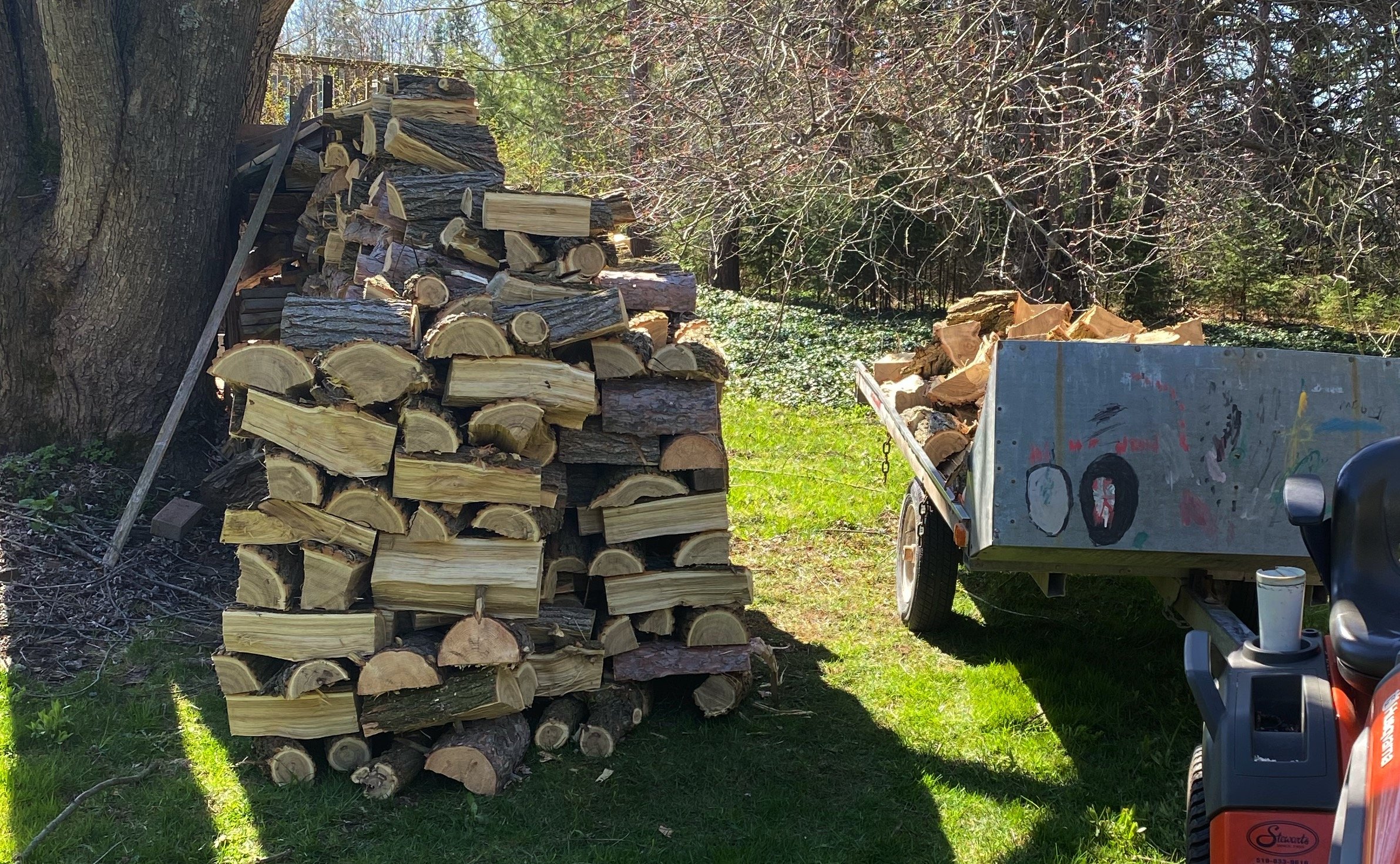The Art and Science of Firewood Processing: A Guide to Sustainable Practices
Firewood processing is an age-old practice that has evolved over centuries. From the early days of hand-cutting and splitting logs to the modern, mechanized methods, the goal has always been the same: to produce high-quality firewood for heating and cooking. However, as our understanding of sustainability and environmental impact has grown, so too has the need for more sustainable firewood processing practices.
Let’s explore the art and science of firewood processing, from the types of wood to use to the best practices for cutting, splitting, and storing firewood.
Types of Wood for Firewood Processing
Not all wood is created equal when it comes to firewood. Some types of wood burn hotter and longer than others, making them ideal for heating and cooking. Hardwoods like oak, maple, and hickory are dense and have a high energy content, making them excellent choices for firewood. Softwoods like pine and spruce, on the other hand, burn faster and produce less heat, but they can still be used for kindling or in combination with hardwoods.
Cutting and Splitting Firewood
Once you've selected the right type of wood, it's time to cut and split it into manageable pieces. This can be done by hand with a chainsaw and an axe, or with a mechanical log splitter. When cutting and splitting firewood, it's important to follow safety guidelines and wear protective gear. It's also important to consider the size of the pieces you're cutting and splitting. Smaller pieces will burn faster and produce less heat, while larger pieces will burn longer and produce more heat.
Storing Firewood
Properly storing firewood is essential to ensure it stays dry and ready to burn. Firewood should be stored off the ground, in a well-ventilated area, and covered with a tarp or other protective covering. This will help prevent moisture from seeping into the wood and causing it to rot. It's also important to stack firewood in a way that allows air to circulate around it, which will help it dry out faster.
Sustainable Practices
In addition to selecting the right type of wood and properly storing it, there are other sustainable practices to consider when processing firewood. For example, using dead or fallen trees for firewood is a more sustainable option than cutting down healthy trees.
Firewood processing is both an art and a science. By selecting the right type of wood, following safety guidelines, and using sustainable practices, you can produce high-quality firewood that will keep you warm and cozy all winter long.

